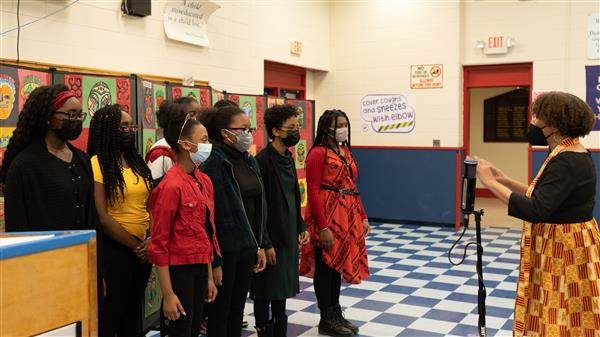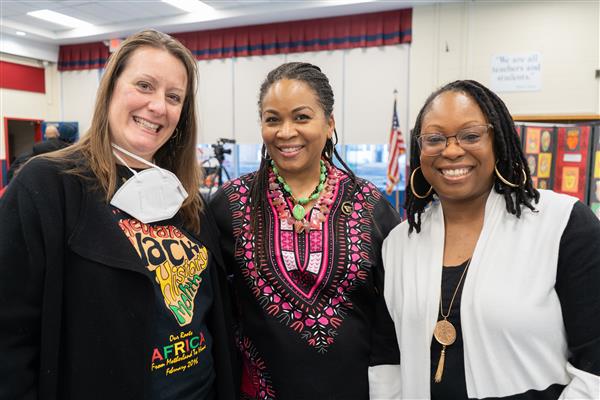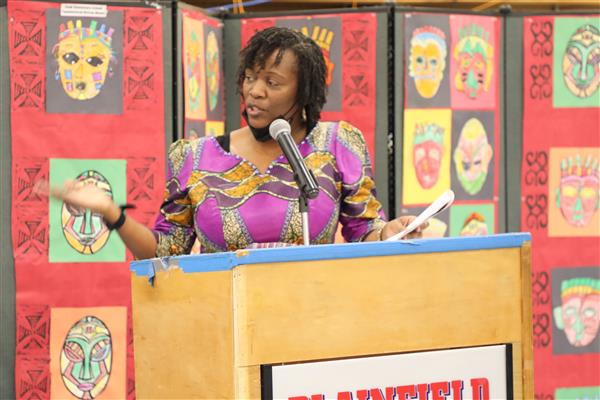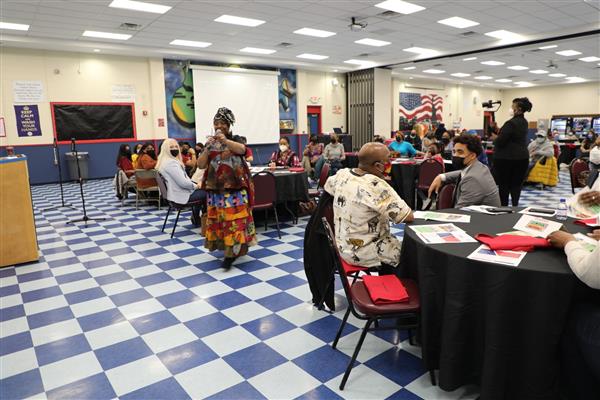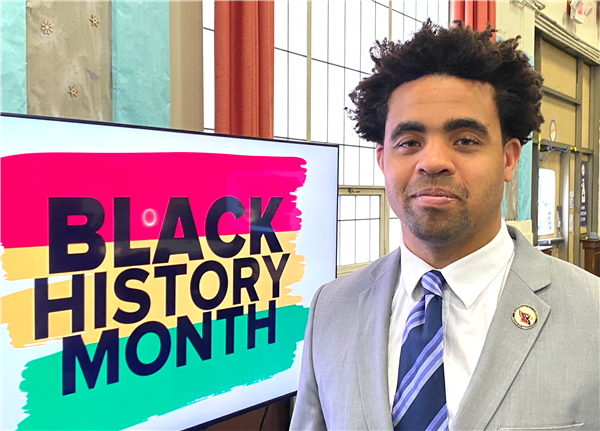- NJASA
- Curriculum Corner May 2022
-
The Lens of Equity
The West Windsor Plainsboro Regional School District (WWPRSD) is a vibrant learning community that reflects the growing trend toward pluralism in American society. This diversity affords students excellent opportunities for inter-cultural understanding and provides students with a global view of the world. In order to fulfill the needs of our multicultural communities, we have made every effort to create an awareness, integration, and representation of the dynamic multicultural community that we serve. As such, we work to bring our district's mission statement to life by “empower[ing] all learners to thoughtfully contribute to a diverse and changing world with confidence, strength of character, and love of learning.”
While the work to create equitable learning outcomes has been a priority for all stakeholders, the WWPRSD Board of Education officially adopted our Equity Goal in February of 2021 stating, West Windsor-Plainsboro Regional School District will cultivate a diverse and inclusive community where members of every race, sexual orientation, gender, gender identity, ability, religion, socio-economic class, ethnicity, and national origin are welcomed, valued, respected and celebrated. The creation of the goal led to formal strategic planning in the areas of curriculum and instruction, professional development, programming, and policy and procedures. The voices of students, alumni, community members, parents, administrators and staff are included in the ongoing strategic planning process. The signing of legislation (S4021/A6100 and S3764/A3369) validated the work the District is already doing to ensure the contributions, history, and heritage of Asian Americans and Pacific Islanders (AAPI) are included in the New Jersey Student Learning Standards for Social Studies for students in kindergarten through Grade 12. Students need to see themselves and their families to validate their belonging, and see others in order to gain perspective and develop empathy. Because of this the District has made inclusive curriculum a priority for all content areas.
In the summer of 2021, all teachers who were involved in curriculum writing were required to attend professional development to ensure curriculum design and revision, including the evaluation of existing and new resources, was done through an equity lens. The design of the workshop required participants to reflect on the role that school systems play in perpetuating structural racism and dominant culture, examine the effects of implicit bias and deficit thinking in our decision-making spaces, define our roles and goals around equity, and grow our capacity as an organization to intentionally disrupt inequitable systems.Through this lens, WWPRSD has made significant changes across the K-12 curriculum. In the last year over 500 new titles were added to the K-5 classroom libraries, highlighting the strengths and assets of the diverse stakeholders in the district, including our AAPI community. Mentor texts were vetted to better reflect student needs. In grades 6-12 a committee reviewed the ELA curriculum to also incorporate more diverse texts. The Social Studies department revised the second grade curriculum to center exploration of identity, empathy, and respect for others. In the secondary program, the curriculum work resulted in the adoption of a series of texts that elaborate on the traditional American History narrative. Teachers will again participate in the professional development before summer curriculum writing begins.
Changes to the curriculum support explicit conversations about race; and the structures, historical events, and beliefs that institutionalized racism. In addition, new inclusive resources provide the opportunity for intentional discourse regarding the accomplishments and progress of all stakeholders. Through professional development provided by the district, teachers are learning to listen, validate, and respond in developmentally appropriate language about bias and its impact on mental health. By engaging in conversations that both acknowledge the negative impact of bias as well as the incredible contributions of historically marginalized stakeholders we empower our students. Elevating student voice creates agency, it facilitates perspective taking, the development of empathy and results in a stronger sense of belonging within the school community.
While much of the work has been led by a coalition of the willing and passionate, the design of the Strategic Plan for the Equity Goal memorializes systems, structures, and processes that ensure decisions are made through the lens of equity.
